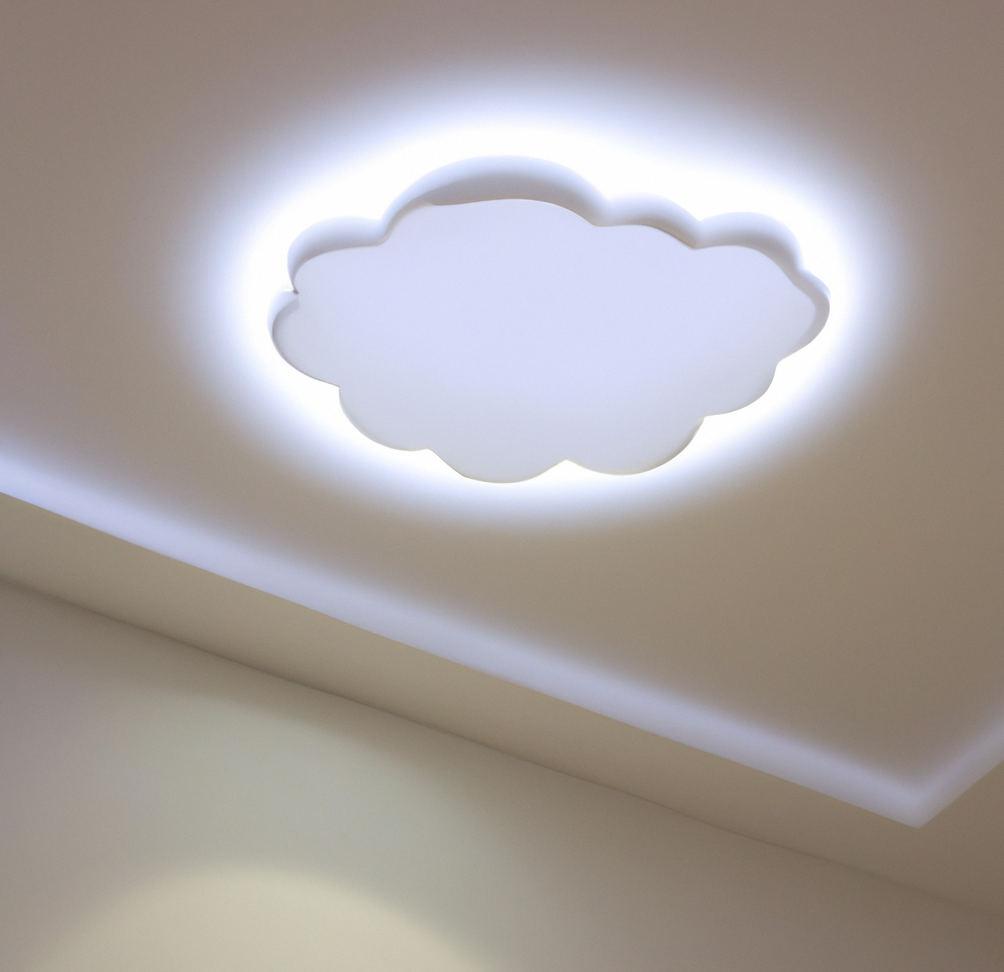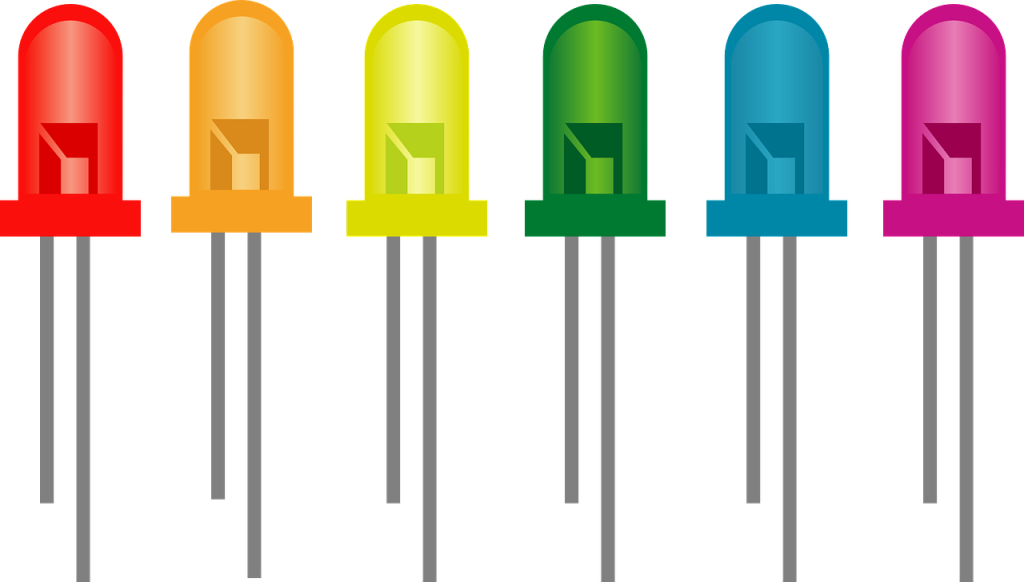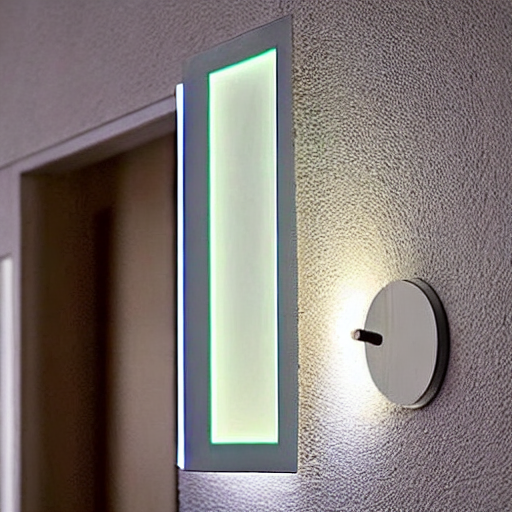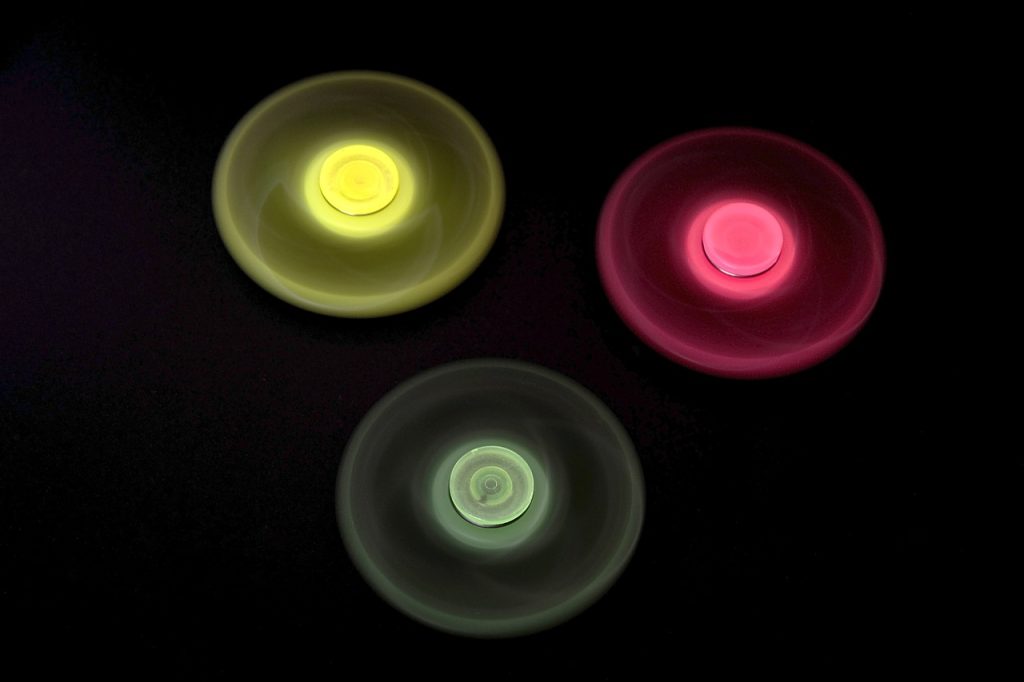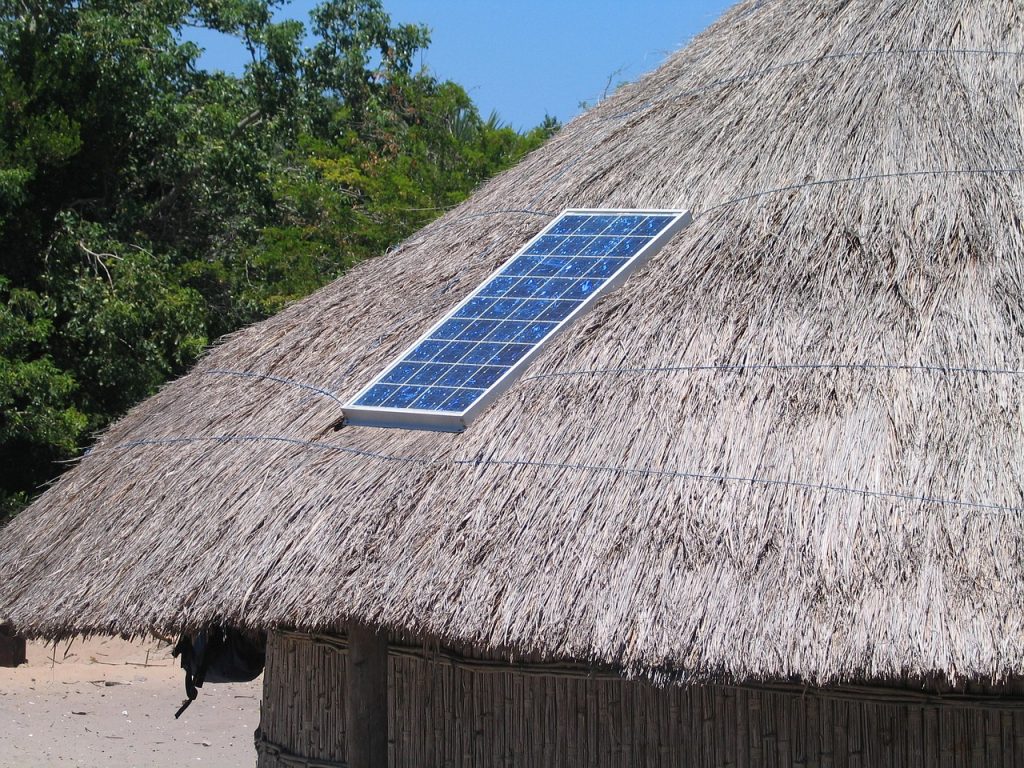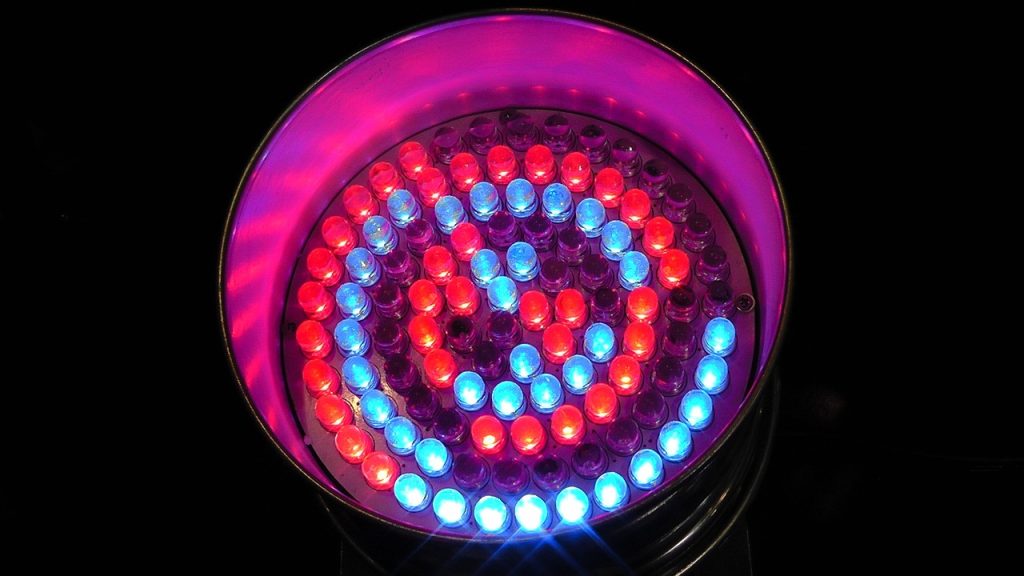You’re not alone if you’ve ever wondered why LED light bars have three wires. We get a common question here at LED Light Bar HQ. And the answer is actually pretty simple. Usually, people think that there is a positive and negative, and not many people know what the third wire is for. So if you were wondering, don’t worry as we’ve got the answers you need.
The top part of our article will explain it, then we will go over what the additional wire does then we finish the article with most of the FAQ’s you might be having about this magical third wire. Ok, it isn’t magical…. but it is needed for some installations.
- The three wires of an LED light bar are the power, ground, and signal wires.
- The power wire in the LED light is responsible for supplying power to the light bar.
- The ground wire in the Led light bar is responsible for grounding the light bar.
- The signal wire in led light bar is responsible for sending a signal to the light bar that turns it on or off.
- All three wires must be connected for the LED light bar to work properly.
- If one of the Power, ground, and signal wires is not connected, the LED light bar will not work correctly and may even cause damage to your vehicle.
- Conclusion
- Frequently Asked Questions
- What are 3-wire LED light bars?
- What are the benefits of using 3-wire LED light bars?
- How do I install 3-wire LED light bars?
- How do I wire 3 wire LED light bars?
- What are some common issues with 3-wire LED light bars?
- How do I troubleshoot 3-wire LED light bars?
- Where can I find more information on 3-wire LED light bars?
The three wires of an LED light bar are the power, ground, and signal wires.
LED light bars are one of the most popular and versatile auxiliary lighting options for cars and trucks. They can provide anything from subtle accent lighting to powerful floodlights, but before you install an LED light bar, it’s important to understand the three wires involved in the process. The power wire carries electrical current from the battery – typically an Add-A-Circuit Fuse tap – to the LED lights.

The ground wire connects the LED light bar directly to a bolt or bracket on the car that is grounded to the chassis. Lastly, the signal wire sends a signal from a switch or relay to activate the LEDs. Getting these connections right is critical for applying power properly and avoiding shorts caused by incorrect wiring.
For this reason, it’s always best to consult a qualified technician or trusted resources before installing an LED light bar. Knowing what each wire does can help ensure your lighting solution looks as good working as it does on paper.
The power wire in the LED light is responsible for supplying power to the light bar.
LED light bars are flexible and compact sources of illumination that can provide an efficient and effective way to light up just about any space. The power wire, a crucial component of any LED setup, is responsible for supplying power to the light bar. It runs from the power source or switches to the light bar, connecting all of its LEDs in one circuit.
The power wire makes LED lighting possible without it, current can’t flow through the system and the individual LEDs won’t light up. The typical width of a power wire used in LED lighting applications ranges from 12 AWG (American Wire Gauge) up to 18 AWG, depending on the wattage required by the system.
When planning which components you need for an LED lighting installation, it is essential to include a suitable power wire in order for your chosen lights to operate correctly and safely. Take into consideration the length needed as well as the wattage associated with each device when selecting your power wire to ensure optimal performance.
With thoughtful consideration of these elements, you can be sure that your DIY LED installation will run smoothly with no snags or delays. Developing a familiarity with this small but integral part of any LED installation goes a long way toward maximizing its potential.
The ground wire in the Led light bar is responsible for grounding the light bar.
A ground wire is an important component of any electrical system, which holds true for installing a led light bar. In essence, the ground wire provides a path for any excess electricity to be safely discharged back into the earth, which is often referred to as grounding. This helps protect both the circuit and anyone touching it from potentially dangerous situations such as electric shock or other forms of electrocution.
Without a proper connection to the ground wire in your light bar, you run the risk of short-circuiting your equipment or other nearby electronics. Therefore, it’s important to make sure that the ground wire is securely attached to a metal surface or stud before any work is done on wiring it into your lighting system. With that in mind, investing some time and energy into ensuring you have secured your ground wire can make all the difference in safety and reliability.
The signal wire in led light bar is responsible for sending a signal to the light bar that turns it on or off.
The signal wire in an LED light bar is essential for ensuring reliable illumination. When connected to the power source, this wire is responsible for sending a signal that turns the light bar on or off. Additionally, without the signal wire, it would be impossible to dim or control the brightness of the light bar.
It is also important to note that some LED light bars contain multiple colored lights; in these cases, typically one single signal wire will be able to control all of the lights simultaneously.
Furthermore, certain types of LED light bars can be controlled remotely; in such instances, additional wires may need to be used to carry the remote signal wire from a distance. In conclusion, the presence and correct installation of a signal wire are essential for accurate control and operation of LED lighting fixtures.
All three wires must be connected for the LED light bar to work properly.
When installing a light-emitting diode (LED) light bar, it is important to ensure that the correct wires are connected for the apparatus to work properly. This generally involves connecting three distinct types of wires: power wire, ground wire and signal wire. The power wire carries electricity to the LED light bar, providing it with the energy needed to generate illumination.
The ground wire forms a closed loop between the electrical components and the battery, allowing excess electricity to be diverted away safely. Finally, the signal wire transfers necessary data between components to achieve the illuminated output.
Therefore, if one of these vital wires is neglected or improperly installed, then it is likely that the LED light bar will fail to function as intended. For this reason, it is critical that all three types of wires are precisely handled and securely connected during installation to ensure optimum performance from your LED light bar.
If one of the Power, ground, and signal wires is not connected, the LED light bar will not work correctly and may even cause damage to your vehicle.
If one of these wires fails to connect with its respective component, the light bar will not function correctly or may even cause damage to the vehicle and its electrical components. The Power wire provides energy to power up the unit; if it is not connected and functioning correctly, then there will be an insufficient supply of energy and no or limited lighting.
Similarly, suppose the Ground wire does not make a secure connection with its counterpart on a metal chassis part of the vehicle. In that case, electricity may not be able to disperse from the system. If a strong ground is not established in this way, there will be no or limited lighting seen from the light bar.
Lastly, if nothing appears on the light bar when it is turned on—even though power and ground connections have been made—it could mean that no signal has been transferred due to there being no connection between the Signal wire and its command sources, such as a switch or relay.
Therefore proper wiring in each case is vitally important for avoiding costly repairs resulting from an incorrect set-up of an LED light bar.
Conclusion

In conclusion, it is important to understand the three wires of an LED light bar and how they work together. If one wire is not connected properly, it can cause damage to your vehicle. By understanding how these wires work, you can ensure that your LED light bar is installed correctly and will work properly.
Frequently Asked Questions
What are 3-wire LED light bars?
An LED light bar is a device that uses light-emitting diodes to produce illumination. To function, it requires three distinct types of wires: power wire, ground wire and signal wire.
The power wire provides the energy necessary to generate illumination. In contrast, the ground wire forms a closed loop between the electrical components and the battery to allow for the safe dispersal of electricity. The signal wire transfers data between components for illuminated output to be achieved. If one of these wires is not connected properly, the LED light bar may not work as intended.
What are the benefits of using 3-wire LED light bars?
There are many benefits of using a 3 wire LED light bar. One is that it is very efficient and uses less power than other types of lighting. Another is that the installation process is much simpler, and most people can do it without special tools or knowledge. Additionally, because these light bars are so bright and durable, they can be used in various applications where traditional lighting is not feasible.
How do I install 3-wire LED light bars?
You can install a 3-wire LED light bar by following these simple steps:
1. Make sure that the power and ground connections are secure.
2. Connect the signal wire to its corresponding component.
3. Turn on the light bar to check if it works correctly.
How do I wire 3 wire LED light bars?
In order to wire a 3-wire LED light bar, you need to make sure that the power and ground connections are secure. Next, you need to connect the signal wire to its corresponding component. Finally, turn on the light bar to check if it works correctly.
What are some common issues with 3-wire LED light bars?
A few common issues can occur with 3-wire LED light bars. One is that the power and ground connections may not be secure, which can cause the light bar not to function correctly. Another issue is that the signal wire may not be properly connected, which can also result in the light bar not working as intended. Additionally, if the light bar is not turned on correctly, it may not work. By understanding the three wires of an LED light bar and how they work together, you can help prevent these common issues from happening.
How do I troubleshoot 3-wire LED light bars?
If you are having trouble with your 3-wire LED light bar, there are a few things that you can do to troubleshoot it. One thing that you can do is check the power and ground connections to make sure that they are secure. Another is to make sure that the signal wire is properly connected to its corresponding component. Finally, you can try turning on the light bar in a different way to see if it will work. If none of these solutions work, you may need to take your light bar to a professional for further assistance.
Where can I find more information on 3-wire LED light bars?
If you want to learn more about 3-wire LED light bars, you can look for more information on the internet or in books.





